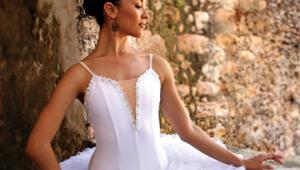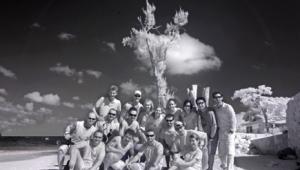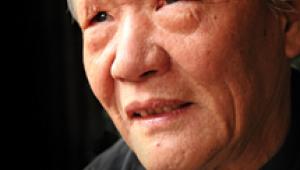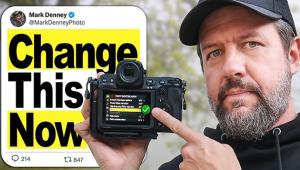Master Class
Getting Back To The Basics
Some Lessons Learned While Teaching At The Palm Beach Photographic Centre
It was my first class at
the Palm Beach Photographic Centre in Delray Beach, Florida. The Centre
and I had known about each other for years, but never really connected.
I had heard that this was a happening place. Wow, that's putting
it mildly! This is where the elite meet to greet and work with one another.
Top photographic talent is appearing there throughout the year. It's
a cross section of everyone and everything that's good in photographic
education. The Setup |
|||
Facing Directly Into
The Lens |
|||
Using Window Light?
Keep Your Distance! |
|||
Finding Ideal Portrait
Conditions Outdoors |
|||
A Family Group |
|||
Specular Highlights:
A Must When Photographing People Of Color |
|||
A Portrait Of The Director |





























































